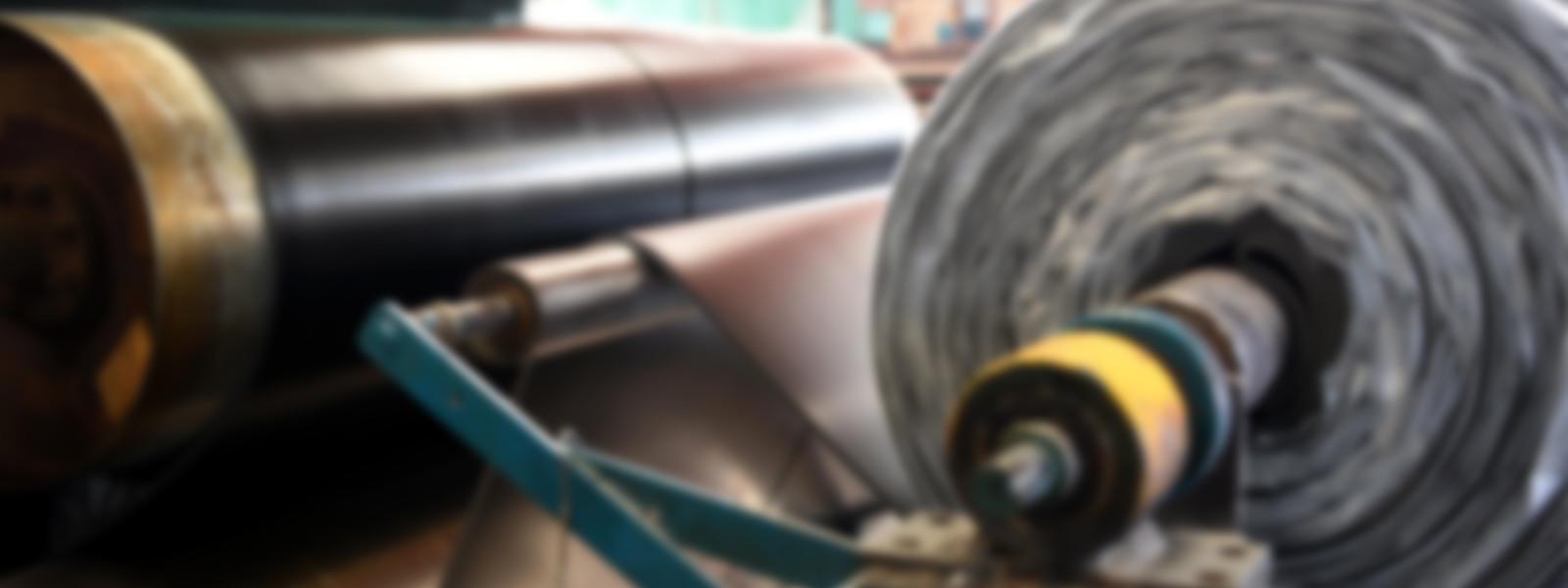Selecting the proper thickness for a rubber flooring mat makes a significant difference in its performance and durability. Different spaces and activities require specific mat thicknesses to provide the right level of protection and comfort. Understanding these requirements helps you make an informed choice for your specific needs.
Basic Thickness Guidelines
Most rubber flooring mats range from 1/4 inch to 1 inch in thickness. The most common thickness for general use falls between 3/8 inch and 1/2 inch, providing a good balance of protection and practicality. These measurements serve as a starting point when considering your specific requirements.
Home Gym Requirements
Home gyms need careful consideration when selecting rubber flooring mat thickness. Areas with heavy equipment typically require at least 3/4 inch thickness to protect the subfloor from weight impacts. Spaces used for free weights and dumbbells benefit from even thicker mats, often reaching 1 inch to absorb shock from dropped weights.
Commercial Space Considerations
Commercial spaces like offices and retail stores usually work well with thinner rubber flooring mats, typically around 1/4 to 3/8 inch thick. The lower profile also prevents tripping hazards in high-traffic areas.
Children’s Play Areas
Playrooms and children’s areas require special attention to mat thickness. A minimum of 1/2 inch thickness provides adequate cushioning for falls and active play. Some spaces might benefit from 3/4 inch thickness, especially in areas with climbing equipment or higher activity levels.
Industrial Setting Requirements
Industrial environments often need thicker rubber flooring mats to handle heavy machinery and constant wear. Thicknesses of 3/4 inch to 1 inch prove most effective in these settings. The extra material helps absorb vibrations from equipment and protects both the floor and machinery.
Impact on Sound Reduction
Thicker mats, typically 3/4 inch or greater, reduce noise more effectively than thinner options. This feature becomes particularly important in apartment buildings or multi-story structures where noise transmission needs control.
Cost versus Thickness Balance
While thicker mats provide more protection, they also cost more. Finding the right balance between protection needs and budget constraints helps make a practical choice. Sometimes choosing a slightly thinner mat and replacing it more frequently works better financially than investing in very thick mats.
Installation Considerations
The thickness of your rubber flooring mat affects installation methods and requirements. Thicker mats often weigh more and might need professional installation, while thinner mats prove easier to handle and install without assistance. Consider these practical aspects when selecting mat thickness.
Weather and Temperature Factors
Outdoor or semi-outdoor spaces require careful thought about rubber flooring mat thickness. Areas exposed to temperature changes benefit from thicker mats that resist warping and maintain their shape. The additional thickness provides better insulation against cold concrete floors and temperature variations.
Selecting the right thickness for rubber flooring involves considering multiple factors specific to your space. The intended use, location, and environmental conditions all play crucial roles in making the best choice. Taking time to evaluate these factors helps ensure your investment provides the protection and performance you need.
The thickness of your rubber flooring mat directly impacts its effectiveness and longevity. While thinner mats might save money initially, inadequate thickness can lead to faster wear and reduced protection.

